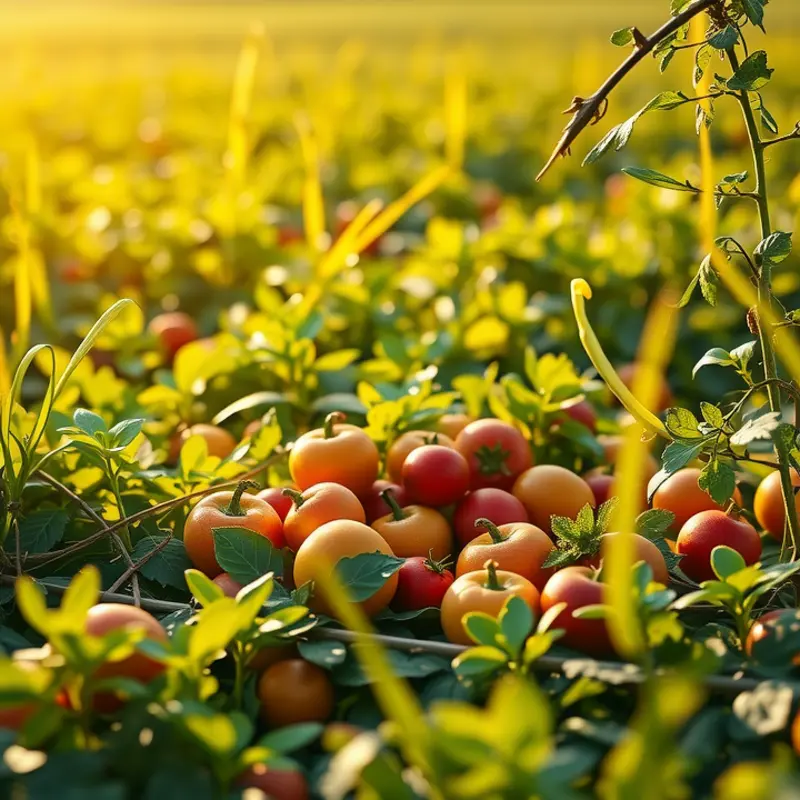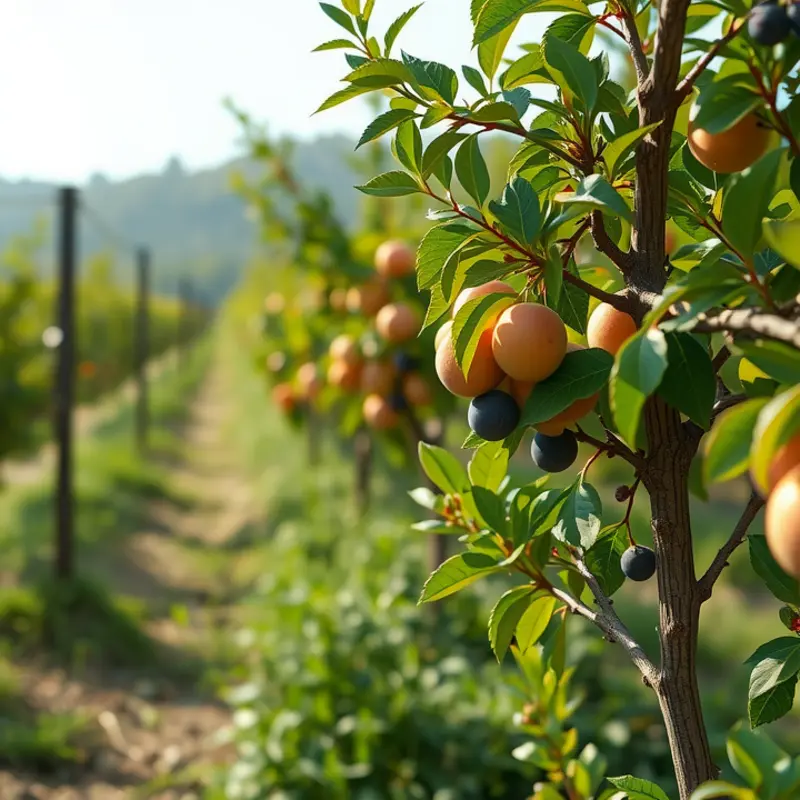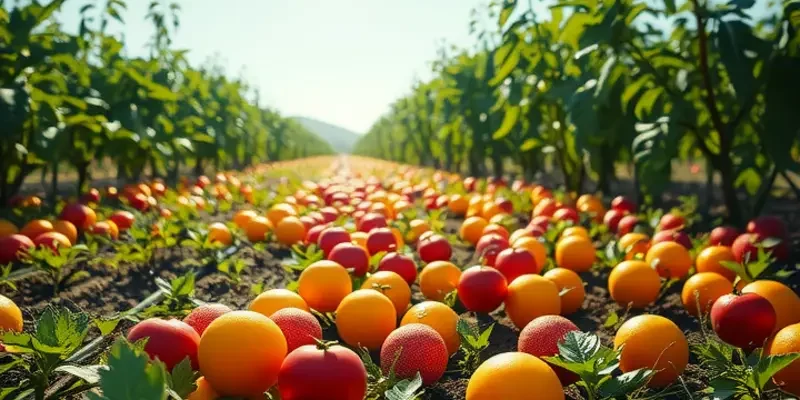Meal planning is more than just a chore; it’s an opportunity to make smart choices that benefit both your family and the environment. For busy individuals and families, effective meal prep can save time and significantly reduce food waste. Simple adjustments to your meal planning routine can transform leftovers into delicious future meals while maximizing your shopping efficiency. With practical strategies that fit even the tightest schedules, meal planning can become an easy, enjoyable way to nourish your loved ones and keep waste at bay.
Mastering the Art of Weekly Meal Planning

Navigating busy schedules and reducing food waste doesn’t have to be a daunting task. Developing a structured meal planning routine is a practical approach to streamline your weekly meals while keeping waste to a minimum. The key is creating a system that works for you and your household, allowing flexibility without straying from your goals.
Start by setting aside a specific time slot each week dedicated to meal planning. This consistent routine will help you anticipate your needs and avoid last-minute grocery runs. Begin your planning by considering your weekly schedule. Identify days when you’ll have less time to cook versus those when you can invest more effort. This will help distribute both quick meals and elaborate recipes effectively across the week.
Incorporate ingredients that can be used across multiple meals. This not only reduces waste but also maximizes the use of each item. For instance, buy a pack of bell peppers—use them in a stir fry, a salad, and as a snack with hummus. Similarly, cooking grains like rice or quinoa in bulk and storing them for use in various dishes can save time and effort.
Create a detailed shopping list based on your meal plan. Categorize your list like a grocery map, grouping produce, dairy, pantry staples, etc. This not only speeds up the shopping process but also reduces the chance of impulse buys that often contribute to waste. An effective approach is to plan meals using perishable items first, leaving longer-lasting ingredients for later in the week.
Meal prep can further enhance efficiency. Spend a portion of your day off chopping vegetables, marinating proteins, or cooking batches of staple dishes. Portion out snacks and assemble meals that can be reheated quickly—a lifesaver on busy nights. Prepping also gives you an opportunity to discover new culinary preferences and streamline favorite recipes.
Staying flexible is crucial in meal planning. Family schedules might shift unexpectedly, or taste preferences can change. Have a backup plan using non-perishables and frozen goods. They serve as excellent fall-backs for crafting quick meals. Additionally, you can embrace creativity by substituting a few ingredients in recipes, using what you have on hand. For tips on ingredient substitutions, you can explore practical ingredient batching.
Incorporating these strategies not only simplifies your weeks but also leads to reductions in food wastage. As you refine your meal planning process, remember to reassess periodically. This ensures your plan continues to fit evolving schedules and tastes, anchoring it as a sustainable practice in your household.
Maximizing Leftovers: Smart Storage and Creative Reuse

Leftovers present a valuable opportunity to minimize food waste and maximize meal efficiency. Proper storage is crucial to maintaining the freshness and flavor of leftover dishes. Here are some practical tips: use airtight containers, glass jars, or silicone bags to preserve food quality and prevent spoilage. Label each container with the contents and date to keep your fridge organized and ensure foods are consumed before they go bad. For more tips on eco-smart kitchen storage, follow best practices to keep leftovers safe.
Once your leftovers are safely stored, the next step is reimagining them into exciting new meals. Transform cooked grains, like rice or quinoa, into satisfying salads by adding fresh vegetables, nuts, and a simple vinaigrette. Leftover roasted vegetables can be blended into a creamy soup with broth and your favorite spices. Add them to omelets or frittatas for a delicious brunch option.
Protein leftovers, such as chicken or beef, can be shredded and integrated into tacos, wraps, or stir-fries. Simply sauté them with fresh herbs and vegetables for a vibrant midweek meal. Leftover fish can morph into quick, flavorful fish cakes—just mix with breadcrumbs and an egg, then pan-fry until golden.
Incorporating leftovers into your meal plan thoughtfully saves time and allows you to enjoy varied dishes throughout the week. Plan meals that can easily transition into each other; a roasted chicken dinner, for example, sets the base for chicken salad sandwiches the next day. If you make a large batch of grilled vegetables, they can serve as a side dish and be repurposed into a pasta sauce or a pizza topping later.
Embrace the concept of layering your menu with ingredients that pull double duty. Soup made from leftover bones or vegetable peels not only boasts nourishing qualities but also reduces kitchen waste completely. For those interested in functional foods, these strategies link seamlessly with incorporating nutrient-dense components that boost meal nutrition and variety.
Experiment with seasonal ingredients to keep things interesting. A basic vegetable can become the hero in several different dishes, altering the flavor profile with easy swaps and dressings. Check out simple sauce recipes to reinvigorate familiar ingredients and discover new ways to support your healthy eating aspirations through creative reuse of leftovers.
By adopting these smart storage and creative reuse strategies, you’ll transform your approach to leftovers, reducing food waste while enjoying a vibrant spectrum of meals through the week.
Final words
By integrating effective meal planning and smart leftover reuse into your routine, you can significantly cut down on food waste while providing nutritious meals for your family. With just a few simple strategies, managing your kitchen resources becomes an enjoyable experience rather than a burden. As you develop your meal planning skills, you’ll find it’s not only a time-saver but also contributes positively to your household budget and the planet. Embrace these practices to cultivate a sustainable and efficient meal prep routine that works for your busy lifestyle.







